Coloring books are no longer reserved for preschool classrooms. Shelves filled with intricate mandalas, floral patterns, and pop‑culture scenes prove that grown‑ups have rediscovered the joy of filling spaces with color. What might surprise you is how many hidden perks come with this simple hobby. From brain health to better sleep, coloring packs a quiet punch that reaches far beyond the page. Below are eight benefits that might tempt you to pick up a set of pencils tonight.
1. An Instant Micro‑Vacation for the Mind
Work notifications, family obligations, and constant scrolling crowd our thoughts. Coloring offers a quick getaway without leaving the sofa. When you focus on small areas of a design, your brain shifts from scattered multitasking to single‑task concentration. Studies show that even brief moments of single‑task focus can lower cortisol, the stress hormone, and leave you feeling refreshed the same way a ten‑minute stretch break would.
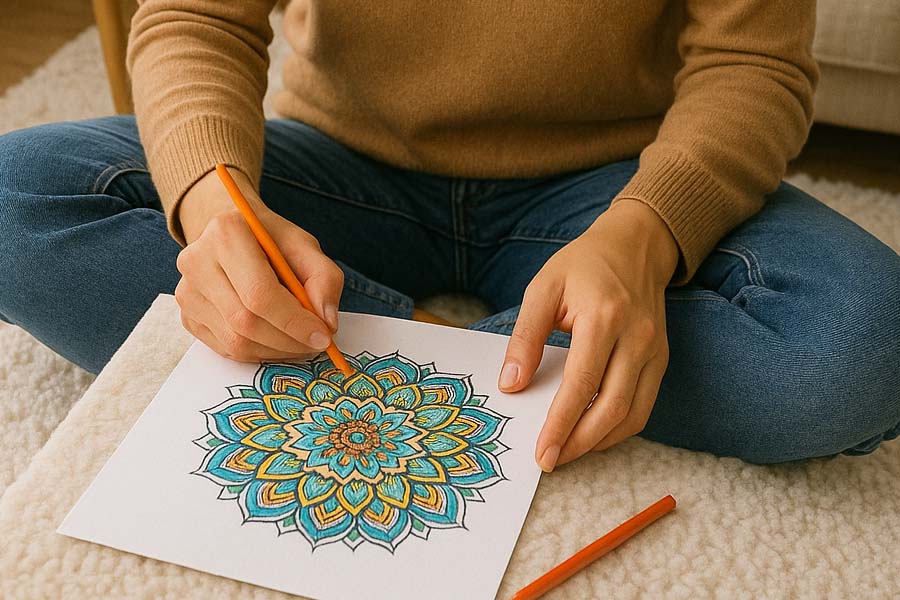
2. A Gentle Path to Mindfulness
Meditation apps often ask you to sit still and turn attention inward. That can feel daunting. Coloring creates a bridge into mindfulness by offering a tangible anchor: the pencil, the shape, the gradual build of color. Each stroke reminds you to stay here, in this moment, and let the background noise fade. Over time, many colorists notice calmer reactions to everyday hassles because their brains learn how it feels to be present without judgment.
3. Creative Confidence on a Budget
Many adults believe art requires talent or expensive gear. A coloring book proves otherwise. You start with line art already in place, freeing you to explore palette choices and blending techniques. Success comes quickly, page after page, and that small creative win can spill into other areas. People who color regularly often report greater willingness to cook a new recipe, rearrange a room, or tackle a writing project because they trust their creative instincts.
4. Brain Gym for Fine Motor Skills and Memory
Keeping fingers and wrists nimble supports brain health. The precise movements involved in shading tiny details activate the same neural pathways used for typing or playing an instrument. Research on dementia prevention highlights the value of tasks that combine hand coordination with visual planning, and coloring fits that description perfectly. Some occupational therapists even recommend coloring sheets to stroke survivors as a fun way to rebuild dexterity.
5. A Screen‑Free Ritual That Improves Sleep
Blue light from phones and tablets can delay melatonin release, making it difficult to fall asleep. Replacing bedtime scrolling with twenty minutes of coloring reduces light exposure and calms racing thoughts. Add soft background music and low lighting, and you create a gentle cue that tells your body nighttime has arrived. Many people notice they drift off faster when coloring replaces late‑evening screen time.
6. Mood Lifting Through Color Choice
Color psychology suggests that hues influence emotion. Warm shades like coral and sunflower yellow tend to energize, while cool tones like aqua or lavender promote calm. When you select colors intentionally, you become the designer of your own mood board. Completing a page covered in bright, hopeful colors can elevate a gloomy afternoon the same way pulling back curtains lets light in.
7. Easy Entry to Social Connection
Adult friendships can be tricky to maintain, yet shared activities help. Coloring groups at libraries, coffee shops, and online communities give people a reason to gather that feels relaxed. Conversation flows easily because hands stay busy and eye contact is optional. Members trade tips on blending or recommend new brands of pencils, and friendships take root across age and background lines.
8. A Portable Practice in Self‑Compassion
Perfectionism pushes many adults to avoid creative risk. Coloring pages offer a low‑stakes laboratory for self‑compassion. If a line strays or a hue clashes, the world keeps spinning. Over time you internalize that small mistakes are part of the process, not failures. That lesson transfers to work presentations, parenting moments, and personal goals by normalizing progress over perfection.
Final Thoughts
Coloring involves nothing more than paper and pigment, yet it taps into complex systems of mind and body. Stress drops. Focus sharpens. Creativity wakes up. Next time you crave a break that actually restores your energy, brew a cup of tea, open a coloring book, and let simple strokes create a surprisingly powerful reset.

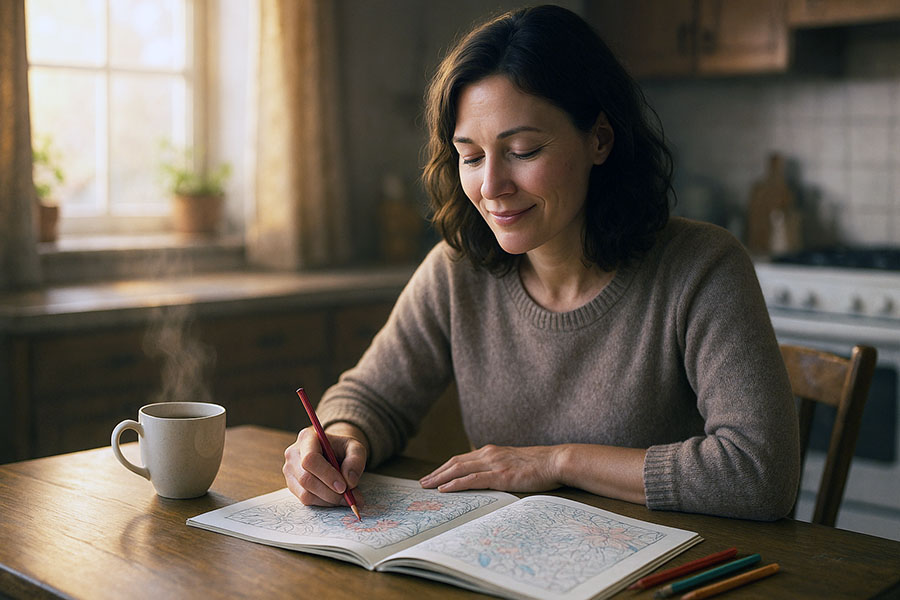
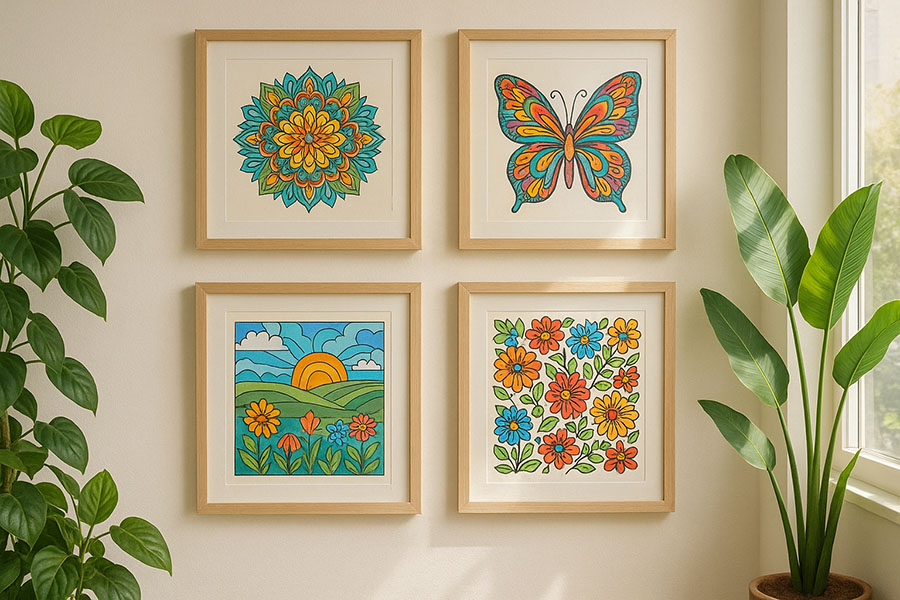
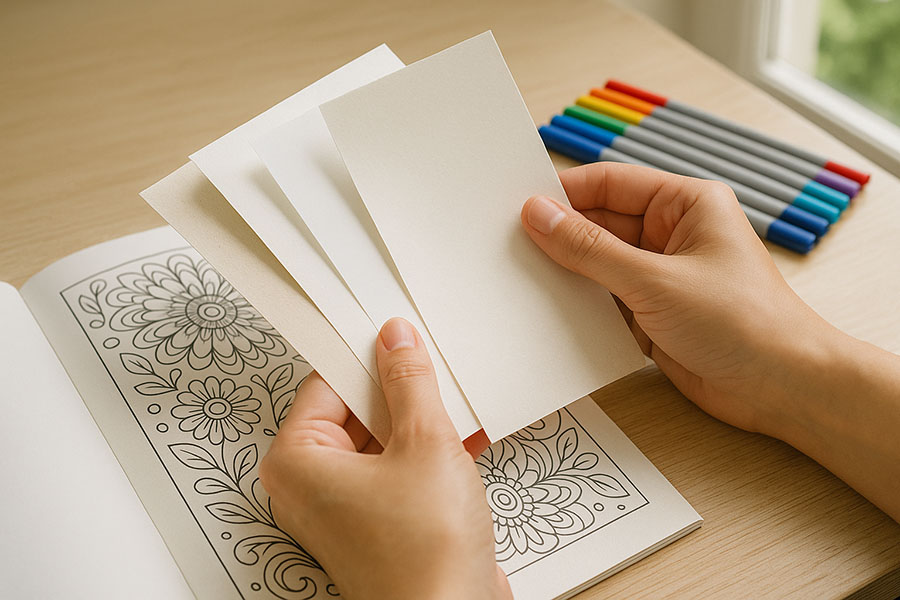
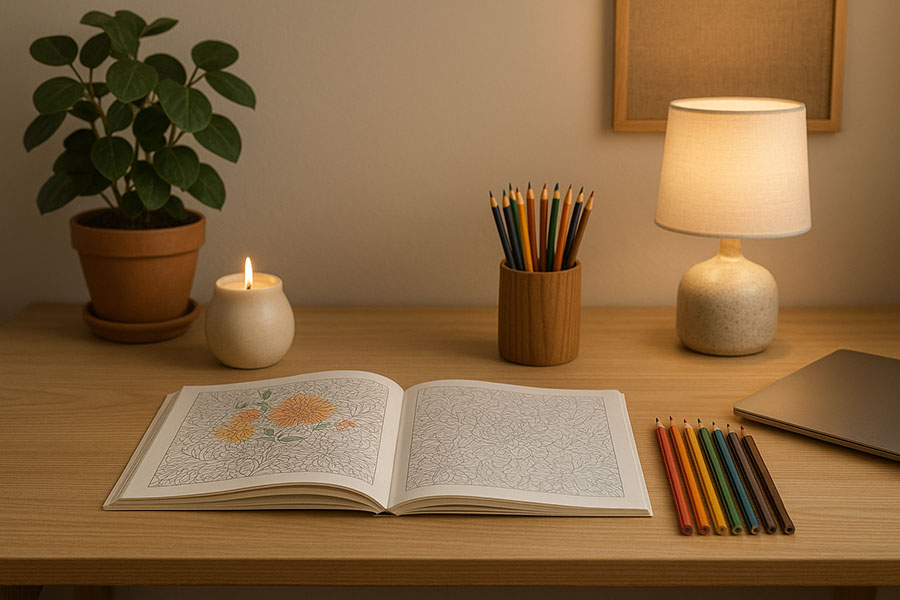
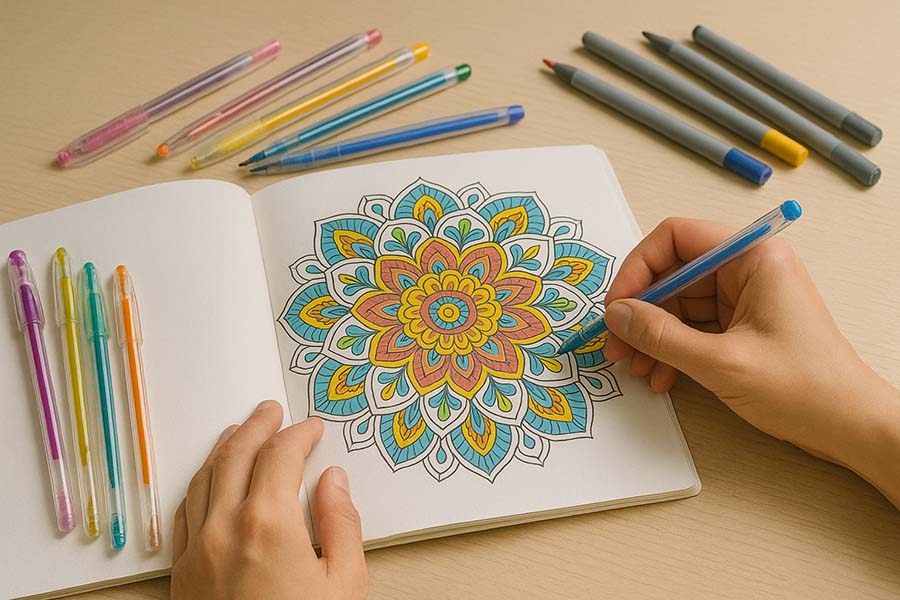
0 Comments